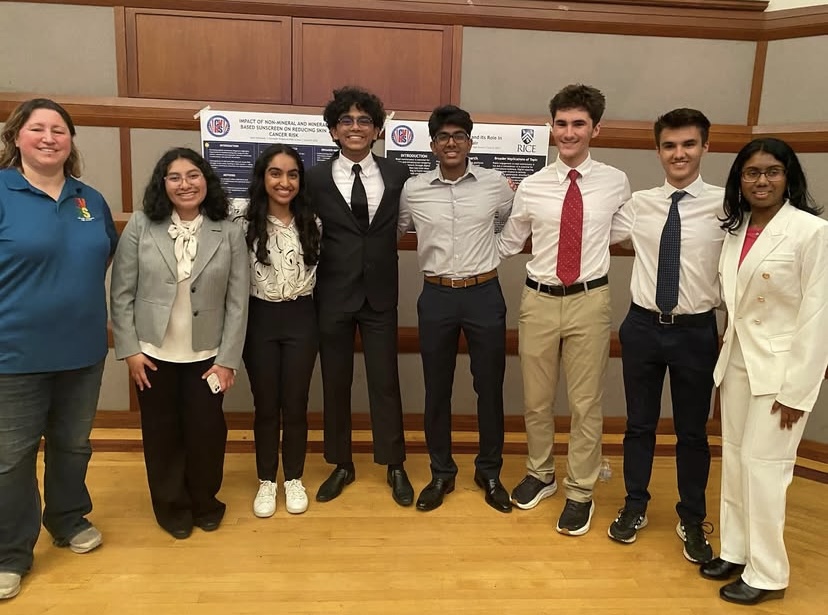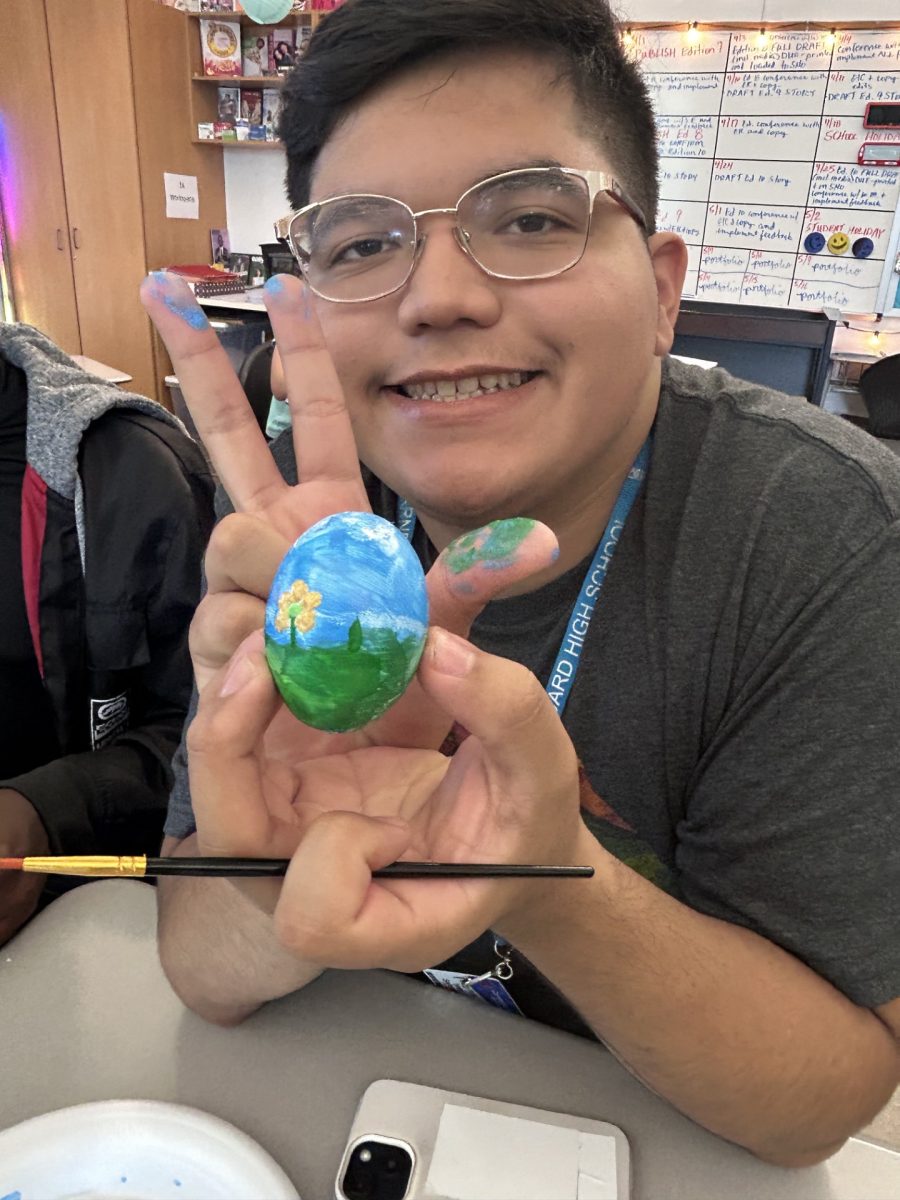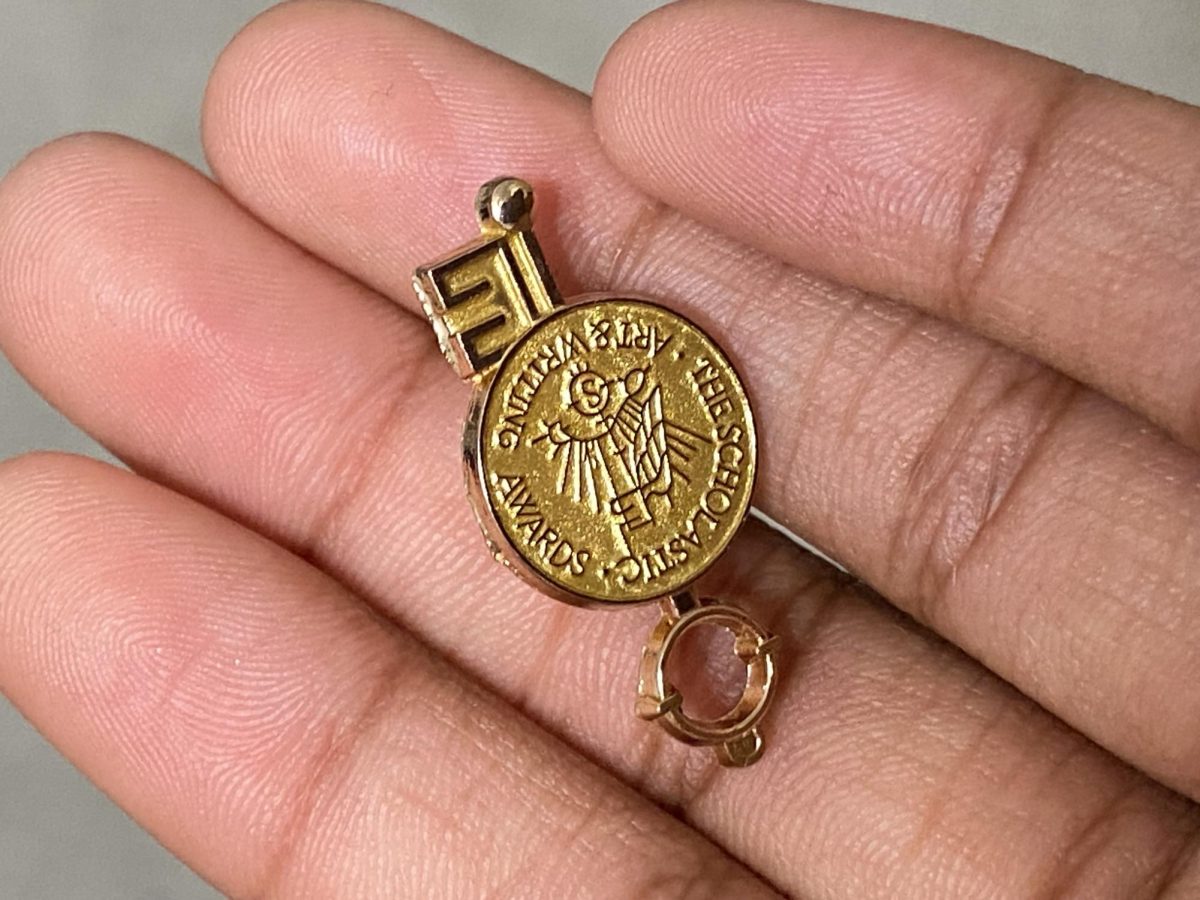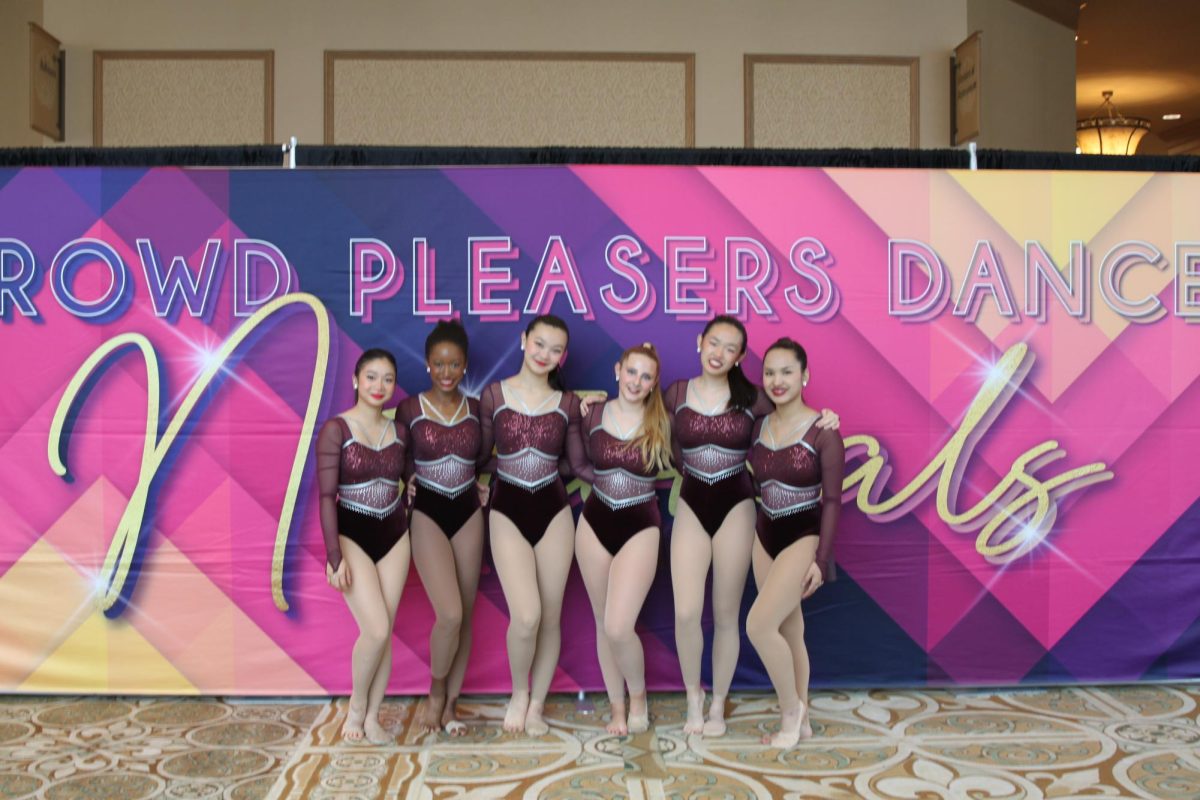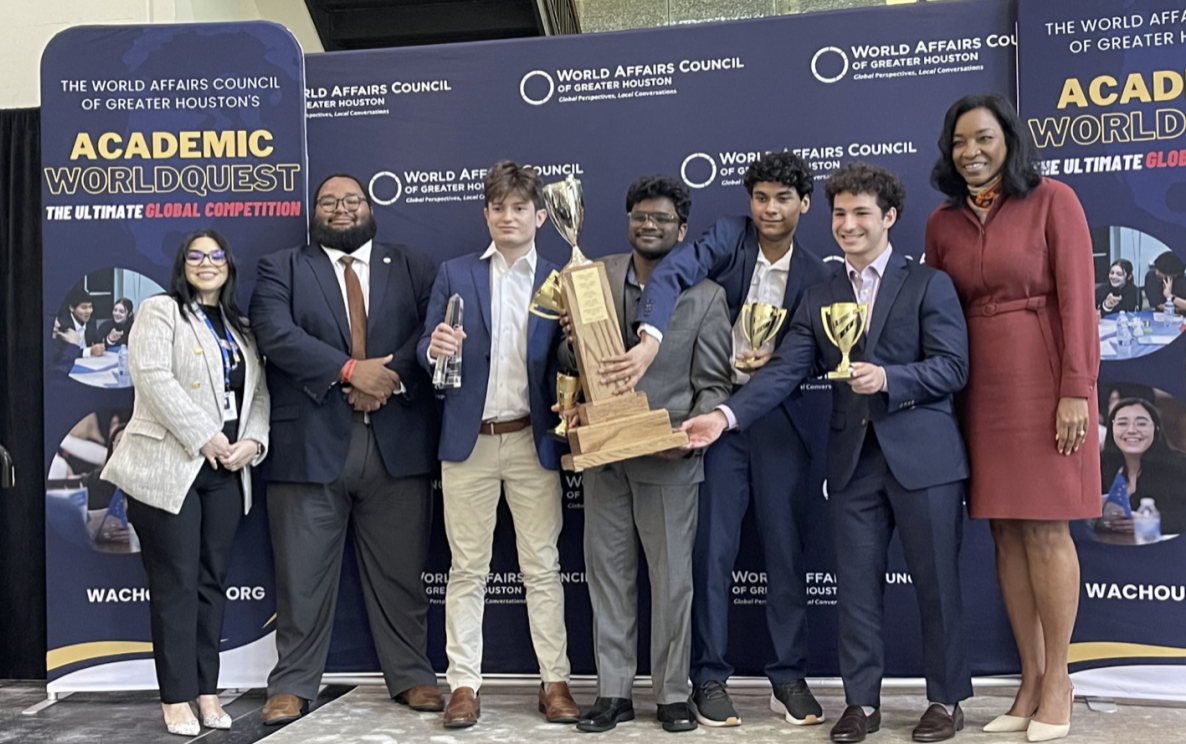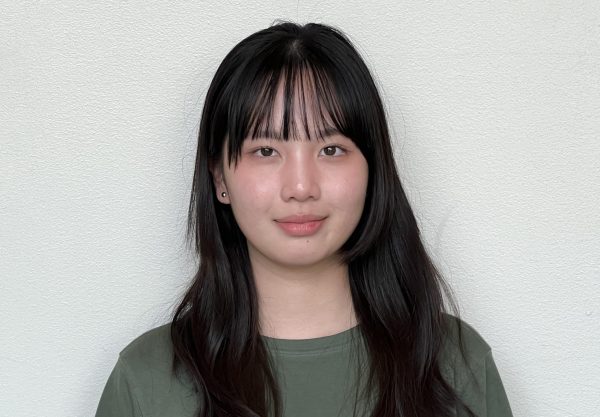The council elections brought new faces for the 2024-2025 school year, with President Justin Leahy leading the way, along with Vice President Abhiram Jyosyula, Secretary James Batchelor, Treasurer Oduna Akonzee and numerous representatives for each respective grade level. Despite criticism of last year’s STUCO, this year STUCO aims to bring transformative ideas to Carnegie such as fundraising and creating new opportunities for inclusivity. The members also discuss the challenges they faced as well as their plan in overcoming said challenges.
At the core of STUCO’s mission is a commitment to represent the voices of the student body. Leahy, who emphasizes the importance of making student voices heard, is determined to foster an inclusive environment where everyone feels valued.
“I wish to be able to represent the students at our school and make sure that their voices are heard and taken into consideration … I wish that the Student Council can better represent students because last year, I’m pretty sure the president ran as a joke, and we weren’t able to really do much,” Leahy said.
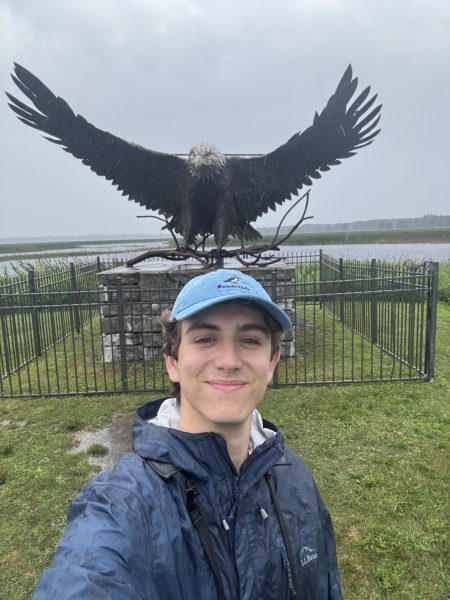
Student opinions of STUCO vary widely. In a survey administered to 78 students to gauge student opinions on STUCO, many stated that they were unfamiliar with their activities or that they were dissatisfied with the election process. Similarly, Leahy’s sentiment is supported by the same survey in which 90% of the students report that STUCO has made considerably futile efforts in trying to change the school environment. When asked about their perspective on this subject, Batchelor understood to a certain extent.
“There’s a decent chance that there’s someone more qualified than any of the [current] officers. … [They could] have a 1600 on the SAT … [or] created three clubs, but if no one knows them, they’re not going to win. [So], there could be a little bit more merit in the process,” Batchelor said.
The criticism has motivated STUCO to strive toward improvement with several aspirations in mind — for one, trying to better navigate the financial landscape with efforts led by Akonzee, who is drawing from his family’s background in finance. Akonzee aims to improve the budgeting process and ensure that funds are allocated effectively by creating a larger budget source to support a wider range of future school activities.
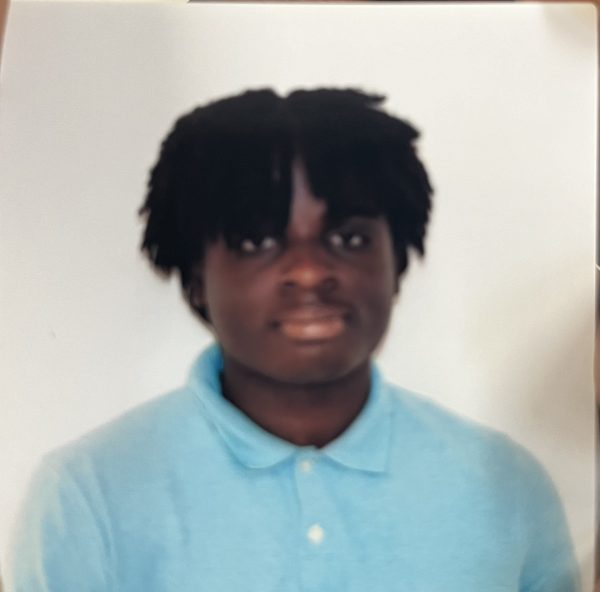
“The changes that I ran on were to improve the school events, [for] we can fundraise more money. We also want to improve the school attire, as most people in school don’t like wearing the school merchandise,” Akonzee said.
Akonzee hopes to generate more purchases and overall have more money to spend on field trips and other events.
Batchelor, who echoes Akonzee’s convictions, believes that a primary objective of STUCO is to create a more cohesive council that works toward shared goals. He aims to drive progressive change within the council by revising the council’s constitution to build inclusivity and bring fresh ideas to the table.
“This year, one of the changes that we are trying to make to the Student Council constitution based on some feedback is to give, maybe not the voting power, but at least the ability to give input to people who aren’t in Student Council,” Batchelor said.
Collaboration is a defining characteristic of STUCO’s operations. The council works closely with school administration to navigate policies and event approvals. However, this has also brought conflicting ideas to STUCO, and in turn, the capacity for change created by the council members has dwindled throughout the years.
“None of the STUCO officers have very much power … [since] so much of what you can or can’t do is [mostly jurisdiction] under school leadership, with the exception of the president, and even then the president’s power is somewhat limited,” Batchelor said.

While navigating such terrain can be difficult, Leahy finds support in the camaraderie of his council members. The pressure of leading a student body with so many differing beliefs can be daunting, but Leahy remarks on the support that his friends have brought him.
“It’s very enjoyable … [and] the council is basically my friend group and the rest of the council is also very easygoing so it’s pretty nice working with everyone,” Leahy said.
As the school year unfolds, STUCO strives to make a significant impact at CVHS. The council members are determined to build a school environment that is inclusive and engaging, as they work to bridge the gap between students and administration.
Leahy, along with the other members of STUCO makes effort toward reforming the school environment and in turn pursue change here at Carnegie.



